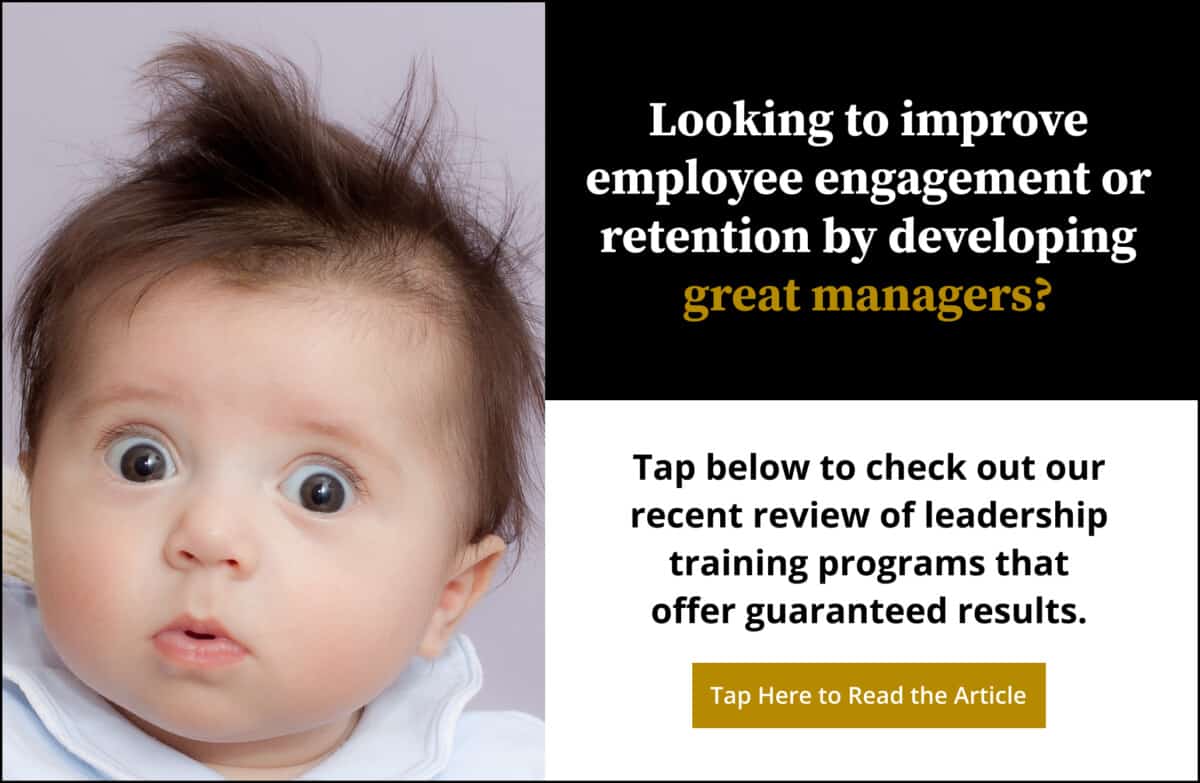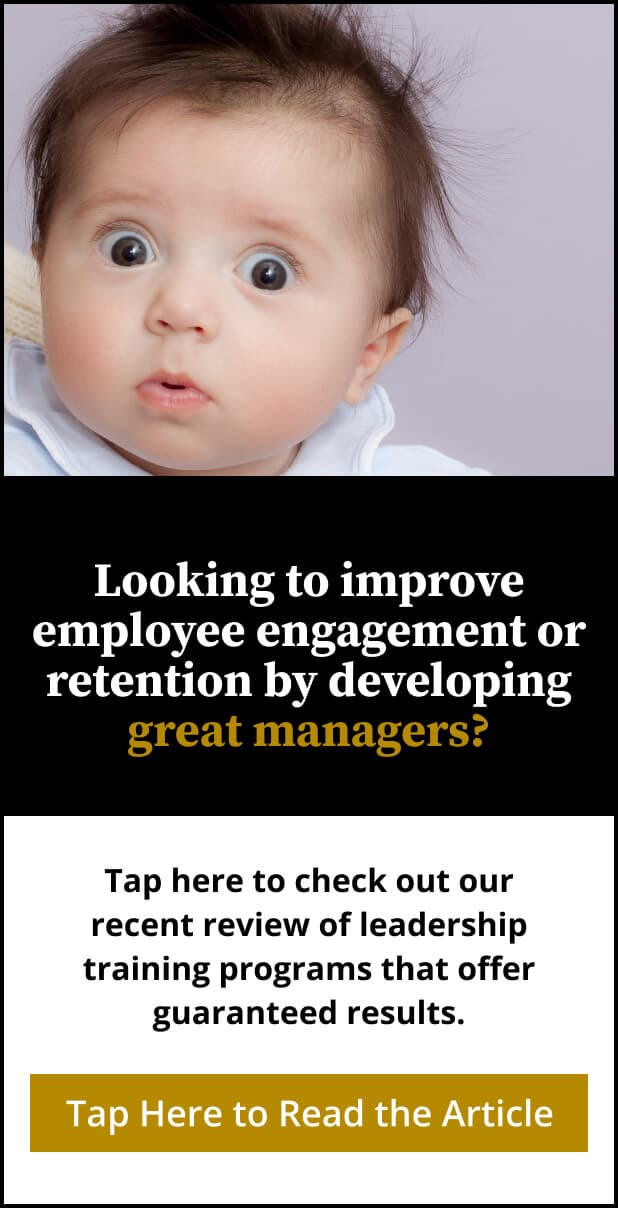Share:

Because the costs of losing employees can be devastating to a business’s bottom line, retaining them is essential for its long-term financial success.
These days, retaining talented employees is becoming an even greater challenge for organizations looking to combat the financial effects of high turnover.
You may have seen a lot written over the past year about “The Great Resignation.” This trend gained traction around April 2021, when a whopping four million people quit their jobs. Companies are continuing to experience record-high turnover, with roughly 3% of workers quitting their jobs in March 2022.
As Business Insider points out, “Workers seem to know that they can quit and get hired elsewhere—and that’s exactly what they’re doing.”
This has prompted leaders and human resources departments to focus on employee retention strategies and reevaluate compensation and benefits in an effort to convince talented employees to stay put and cut down on the high costs associated with low employee retention.
Employee retention costs are extremely high for companies experiencing high rates of turnover, with organizations in the US losing a trillion dollars yearly due to voluntary turnover. It’s estimated that the replacement of an individual employee can cost up to two times that employee’s annual salary.
In this article, we’ll look at the costs associated with employee retention when turnover is high and some ways to reduce them.


What Is Employee Retention?
Employee retention refers to a company’s ability to prevent turnover and retain its employees.
Employee retention is driven by employee experience and employee engagement. An employee’s attitude toward their job and work environment determines whether an employee will stay or seek out other job opportunities.
Employee retention, along with employee engagement, can dramatically impact an organization’s profits. And there is a very strong link between the two.
When retention is high, engagement will typically be high. This can lead to improved employee performance and help employees better serve customers.
The High Cost of Turnover
The term turnover refers to the number of employees who leave a job, either voluntarily or involuntarily, during a certain period of time. According to Gallup, voluntary turnover costs organizations in the US over a trillion dollars each year.
Retaining talented employees costs much less than the recruitment, onboarding, and training of new hires. Studies have indicated that every time an organization has to replace a salaried employee, it can cost them the equivalent of six to nine months of salary.
For a real-world scenario, imagine replacing a manager making $60,000 a year. This can cost $30,000-$45,000 in recruiting, onboarding, and training costs. These costs can really add up, even for larger organizations; for smaller ones, these costs can be devastating.
In addition to its negative effects on profits, high rates of turnover can also hurt employee morale and employee engagement, and the loss of institutional knowledge can negatively impact the organization in a variety of ways.
Ideal Retention
A good percentage for employee retention is 90% or more. But why not 100%?
Here’s why: Not all retention is good.
While the high cost of turnover drives efforts to improve retention, retaining the wrong employees can also threaten the long-term financial success of an organization.
Ideally, companies want to retain engaged employees who are invested in their jobs and always give their best to every task. But when disengaged employees stay with an organization for a long time, they pose a threat to sustainable success.
Unfortunately, disengaged employees do often stay in jobs for a long time, severely hurting productivity.
The toxic work environments disengaged employees create will drive good employees away and make the organization less attractive to potential hires. It can also hurt an organization’s reputation when poor customer service results from disengagement.
High retention can also negatively affect a team’s adaptability because it can lead to less innovation and hinder diversity efforts eventually. On top of the stagnation that can sometimes come with high retention, when the team dynamic never changes, it can create a less inclusive work environment.
Calculating Retention
As mentioned earlier, 90% or higher is considered to be a good employee retention rate. How can an organization calculate its employee retention rate?
Employee retention rate is defined as the percentage of employees that remain at an organization during a specific time period, whereas turnover measures how many employees leave during a certain time period. A high retention rate indicates a low turnover rate and a high degree of employee engagement.


To calculate an organization’s retention rate, divide the number of employees who have remained with the organization for a specific period of time by the initial number of employees for the same period of time, and multiply that number by 100.
(Remaining employees during a set timeframe / Initial number of employees during the same time frame) x 100 = Retention rate
Say, for example, you wanted to calculate your organization’s retention rate for 2021. If the organization had 500 employees on January 1st of that year and 482 employees on the last day of that year, this is how you’d calculate the employee retention rate:
(482 divided by 500) x 100 = 96.4% yearly retention rate.
To calculate how many staff members remained employed for the whole time period being measured only include staff who were employed on the first and the last day of the time period.
Since the goal is to track the retention of employees who worked on the first day of the time period being measured, do not count employees hired within that measurement period. New positions added during the year should also not be counted.
When determining your organization’s employee retention rate, you can measure it on an annual, quarterly, or even monthly basis, but it is usually calculated annually.
Shorter or longer time periods can be measured, depending on what is being measured, such as the short-term result of retention strategies or when calculating the retention of employees who remained with an organization after a reduction in the past.
While employee retention rate can provide a good snapshot of the stability of the workforce, it is limited by the fact that it does not track the departures of employees who both joined and left during the time period being measured.
Retention Starts with Recruitment
Workers are weighing what their current employers offer them in terms of compensation, culture, and leadership now more than we’ve seen in the past due to the high level of job dissatisfaction propelling The Great Resignation.
They are looking for opportunities that promise something more. This makes recruitment an even more important part of the process of retention.
High retention can be an indication of a strong recruitment process within an organization.
By identifying and hiring job candidates for cultural fit, employers are already doing a lot of the legwork involved in retaining quality employees, because a strong recruitment process can mitigate the financial impact of any amount of turnover a company is experiencing.
Compensation, clarity of job expectations and duties, recognition of contributions, and professional development opportunities are factors that can drive retention. Increasingly, factors such as flexibility, autonomy, work/life balance, and purposeful work are playing a role in employees’ decisions to stay or go.
Though there is some debate as to the main driver of turnover, compensation is often identified in various polls and surveys as the main driver of turnover.
Whether it is the main driver or just one of the main drivers, it certainly plays an important role in retention. For this reason, competitive compensation packages that go beyond the basics should be a part of any organization’s retention strategy.
Offering comprehensive compensation packages with benefits and perks that sustainably meet employee needs (now and in the future) will not only help retain talented staff, it will also make an organization more attractive to potential hires.

Matt Tenney has been working to help organizations develop leaders who improve employee engagement and performance since 2012. He is the author of three leadership books, including the groundbreaking, highly acclaimed book Inspire Greatness: How to Motivate Employees with a Simple, Repeatable, Scalable Process.
Matt’s ideas have been featured in major media outlets and his clients include numerous national associations and Fortune 500 companies.
He is often invited to deliver keynote speeches at conferences and leadership meetings, and is known for delivering valuable, actionable insights in a way that is memorable and deeply inspiring.


